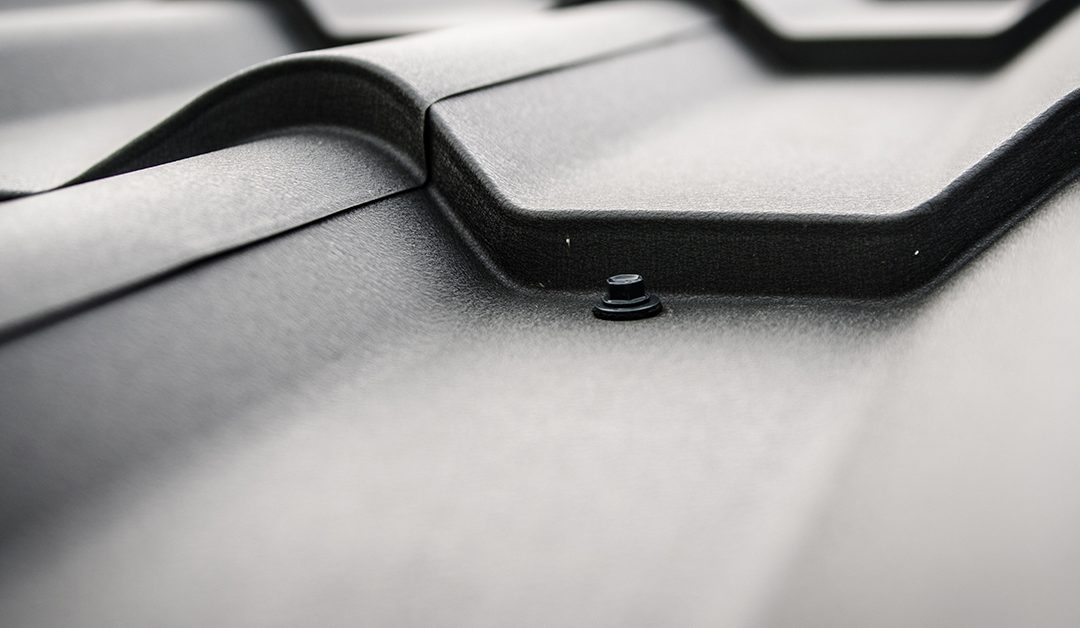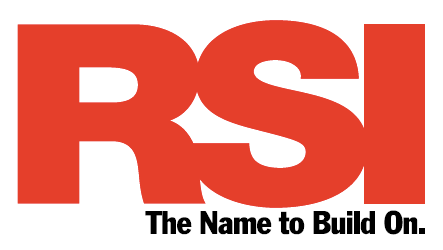Severe weather will test any commercial roof system. The roof system is the building’s first line of defense from natural hazards. Depending on location, the building may face extreme weather conditions such as snowstorms, hurricanes, hailstorms, torrential rains, and extreme temperatures. A properly maintained roof will aid in protecting a commercial building. Routine maintenance along with implementing the proper precautions decreases the risk of damage and the cost of repairs.
For facility management teams, maintaining the roof is essential. A roof is more than a component of a building; it’s an investment and a commitment. There is not much that can compromise the integrity of a building faster than the improper installation of a roof system. Therefore, the first item on the list for the facility manager is vetting potential commercial roofing contractors. It is imperative that the commercial roofing contractor follows best business practices including being legally licensed, bonded and insured; receiving positive client testimonials; and demonstrating a proven track record.
Facility managers should conduct their own research about the optimal roof systems for their buildings. However, a roofing contractor will be able to follow up with extensive knowledge on the type of roof system that is best for the building’s location and its intended use. Additionally, the facility manager should hire a commercial roofing contractor that has extensive experience with all types of roof systems from TPO to BUR-modified. If a roof system is installed that the roofing contractor isn’t familiar with they run the risk of improper installation, lack of maintenance knowledge, or having to subcontract to a third-party roofer, which may cost more.
ROUTINE INSPECTION & PREVENTIVE MAINTENANCE
The goal of preventive or proactive maintenance is to sustain and ensure the true service life of the commercial roof through inspections and necessary repairs. Ultimately, inspections should be performed at least twice a year: following severe weather, and as required by the manufacturer’s warranty. Both inspections and maintenance items need to be timed per budget forecasts and should include debris removal. A quality preventive maintenance program must be designed to meet the needs of property owners, facility managers, and building occupants.
All roofs have a limited lifespan and will eventually require replacement, retrofit, repair, or restoration, but developing a preventive maintenance plan can further extend the life of the roof and save money. For an existing roof, a roofing contractor should thoroughly inspect the roof and provide a written report of findings with a photo survey of roof conditions for future reference. Based on those findings, the contractor can develop a roof management program that includes plans for upcoming maintenance, replacement, or repair. During the bi-annual inspections, the contractor should ensure caulking is not open, perimeter attachments such as flashings are tight, holes or tears have been patched, and laps in membrane systems are secure.
Each season brings different weather conditions, which means that each season has its own checklist for inspections. Seasonal inspections are not only a preventive measure, but also a proactive program to have in place. Facility managers should have some familiarity with the roof system and take notes of conditions for each seasonal inspection. This allows facility management to recognize damage and alert the roofing contractor before the problem becomes worse. Following are examples of aspects to check for each season and possible maintenance as a season ends.
Winter. Excessive snow loads can accumulate on a roof during the winter placing the roof and building operations at risk. Deep snow accumulation can lead to a roof collapse and cause serious damage to the building and its contents or occupants. Different types of roofs have different levels of weight that can be handled. For example, a wood deck typically can’t handle as much weight as a concrete deck.
Spring. Spring inspections can serve to identify any issues caused by ice and snow accumulation. Be sure to inspect the membrane, rooftop equipment, drainage areas, and penetrations for any damage sustained during the winter.
Summer. During the summer months, take the time to assess the current state of the roof and complete any maintenance and improvement projects. Be sure to address any leaks that may occur from summer thunderstorms. Small leaks may seem fine during a light rain, but the approaching fall and winter weather conditions can cause major damage to the roof.
Fall. Fall inspections are designed to identify any problems that may have formed during the summer when the roof was exposed to high thermal stress and UV light. Before the winter arrives, be sure to clear the drainage areas of falling leaves.
SEVERE WEATHER CHECK: BEFORE & AFTER
While it’s not possible to predict and react fully in a timely fashion to strong winds and storms, a documented and practiced contingency plan can help facility management prepare for the unexpected. Whether facing high winds, winter storms, or whatever the elements may bring, it is important to have a plan in place and make sure the building’s roof is prepared for extreme weather.
Preparation revolves around personnel and procedures. The first step is to assess the condition of the building and the roof. This should be performed by the facility manager or by a commercial roofing contractor. Be sure to do walkthroughs and look for obvious signs of defect, and make sure things are taken care of accordingly.
A common preparation checklist includes:
- Check exterior walls for leaks, stains, and cracks in brick and missing mortar.
- Check the ceiling and interior walls for signs of leaks and staining.
- Check the roof deck for any signs of deterioration, thin sections of the roof membrane, and deteriorated caulking.
- Check for penetrations on the roof. Check flashings and joints for deterioration.
- Check and clear all gutters and drains.
- Check for tears and holes in the roof membrane, and repair immediately.
- Remove clutter and debris from the roof surface.
It is important to pay special attention to penetrations, flashings, and joints. Additionally, drains and screens need be clear of debris and functional as they are susceptible to the threat of moisture infiltration. Facility staff must have a comprehensive understanding of the building envelope. And, communication between the facility manager and the roofing contractor is key to successful preparation for severe weather.
Also, make sure to identify exactly what the manufacturer warranty covers. Damage from extreme weather usually isn’t included. Therefore, facility managers should make sure the building is covered as expected by their insurance provider. High wind warranties can be included in the specifications for an additional cost. This is suggested if the building in located in a high-risk area.
There’s no question that severe weather is bound to have an impact on commercial buildings no matter the location. The Midwest is accustomed to tornadoes and heavy snowfall whereas the East Coast is routinely hit with strong winds and heavy rainfall from hurricanes. Not matter the type of weather, many facets of the roof system can be affected including its thermal performance, fire resistance, load and equipment carrying capacity, the ability to drain and store water, and aesthetics.
Post-weather maintenance is vital to limit the impact of the damage. The quicker the response time of inspections and repair, the better. Overall, an expert should assess the damage and determine if the roof is repairable or if it requires replacement. Evaluation should begin by looking for signs of water infiltration and if the insulation or roof membrane needs to be replaced. In the meantime, the roofing contractor can apply a temporary repair for a leak until a full repair is possible. Temporarily stopping the leak or holes will keep moisture out of the building, minimizing the damage to the interior from water stains, condensation, and mold.
Severe weather can be the greatest test of any commercial roof system. The roof is a vulnerable part of every commercial building. Facility managers should instill best practices for roof maintenance and inspections to resist damage to roofs from severe weather events. Proactive roof maintenance and annual roof inspections are key to ensure maximum roof service life.
Are you in the market for a reliable commercial roof repair company? Then contact Toledo Roof Repair today!


